The story unfolding around Apple's M5 chip launch says a lot about how the company handles invention. Not quite what you expect. The M5 iPad Pro continues to showcase cutting-edge innovations that its MacBook Pro counterpart does not have yet, creating a dynamic where iPad Pro plays the role of proving ground and MacBook Pro stays the refined, mature platform.
<<IMAGE_PLACEHOLDER:apple-m5-chip-lineup>>
Both devices share the same M5 chip, yet the M5 iPad Pro gains new tech while the MacBook Pro lags behind. The iPad Pro picks up Tandem OLED Ultra Retina XDR, Face ID, and Apple's latest N1 wireless chip and C1X modem. Meanwhile, the M5 MacBook Pro is considered a great laptop but with older tech. Why split the difference? Because Apple is managing risk on purpose.
This is Apple using the iPad Pro' more experimental audience to validate new ideas, then bringing the winners to the MacBook Pro's business-critical world. It speeds up invention while keeping the workhorse steady.
The performance story behind Apple's M5 architecture
Under the hood, M5 is not a minor bump. It is built using third-generation 3-nanometer technology with a next-generation 10-core GPU architecture. The kicker, each GPU core includes a Neural Accelerator, delivering over 4x the peak GPU compute performance for AI compared to M4.
That 4x jump is not just marketing. Real-time language translation feels instant, computational photography runs without a hitch, and on-device machine learning inference steps closer to desktop-class. The chip also provides up to 45 percent higher graphics performance than its predecessor, so 4K edits in Final Cut Pro or complex 3D scenes render with less waiting and more doing.
In testing, the M5 MacBook Pro achieves record-breaking single-core scores across all Mac models. Translation, everyday tasks pop, apps launch faster, app switching feels instant.
Platform upgrades help. Memory bandwidth has increased to 153 GB/s from the previous 120 GB/s, and configurable up to 4TB (up from a 2TB max on the previous 14-inch M4 base model). Big datasets and giant media libraries move with fewer bottlenecks.
Battery life gets a lift. Apple advertises up to 24 hours in some playback tests; independent reviews report ~18 hours in real-world browsing/video tests. Two more hours before the charger scramble.
iPad Pro's technological advantages over MacBook Pro
Here the playbook shows. Features do not land on both platforms at once. The M5 iPad Pro includes Face ID authentication technology, while Face ID integration for MacBook Pro remains "years away" according to industry reports. Same chip, different bets.
iPad Pro owners tend to try new interaction ideas first, MacBook Pro users often prize consistency in professional workflows. The hardware reflects that split. The iPad Pro also features a sleek, ultra-thin design that's only one year old, a space to push design boundaries that laptops cannot always match.
Connectivity tells the same story. Apple continues to exclude cellular options from Mac devices despite developing 5G modems, while iPad Pro has offered cellular for years. Tablet users lean on that anywhere link, laptop users are often on solid Wi‑Fi.
Performance tuning diverges too. The M5 iPad Pro's AI performance is 3.5x faster than the M4 version, powering real-time photo edits, live translation, and on-device machine learning in a touch-first interface.
The display gap is the most visible. MacBook Pro sticks with panels optimized for long-term professional use, while iPad Pro runs advanced OLED that delivers deeper contrast, more accurate color, and improved power efficiency for color-critical creative work.
What this means for the Mac's future roadmap
Today's difference set looks like tomorrow's Mac checklist. Industry rumors indicate MacBook Pro will receive OLED displays and touch support late next year. A new thinner MacBook Pro design is expected next year as well, mirroring lessons tried on iPad Pro.
That slow handoff is intentional. The iPad Pro is the trial balloon for new features, with a user base that welcomes change. It is also simpler to implement things like Face ID or cellular in a tablet, where space and thermals follow different rules.
Connectivity will likely follow the same arc. Future MacBook Pro models may incorporate Apple's N-series wireless chips and C2 modems. And yes, most iPad Pro advantages eventually arrive in Mac products after a 12 to 18 month lag, shaped by real-world tuning.
Pricing backs up the cadence. The M5 MacBook Pro starts at $1,599 in Silver and Space Black configurations. Apple can run ambitious R&D through the iPad Pro lab while keeping the MacBook Pro a stable buy for teams that need proven reliability.
Smart, if a bit ruthless. New ideas hit iPad Pro first, Apple gathers data, then the Mac gets the more polished version.
Where innovation leads next
Bottom line, the M5 generation shows how Apple choreographs innovation across devices while balancing tech ambition and market reality. The M5 chip brings industry-leading power-efficient performance to the 14-inch MacBook Pro, iPad Pro, and Apple Vision Pro, with each product leaning into its role in the ecosystem.
Prices tell their own story. Apple maintained consistent pricing across the lineup, with iPad Pro at $999, MacBook Pro at $1,599, and Vision Pro at $3,499. That consistency suggests Apple sees strong value in each tier, feature disparity and all.
Looking ahead, this iPad-first cadence gives Apple a fast pipeline for AI acceleration, advanced displays, and next-gen connectivity, without shaking the Mac platform loose. Competitors will have to pick a lane, move fast, or both.
If you are buying now, the trade-off is clear. iPad Pro gets the future early, things like Face ID, cellular options, OLED panels, and ultra-thin designs. MacBook Pro users get the same ideas later, typically more refined and deeply integrated for work.
The M5 lifts both sides in day-to-day productivity. More importantly, it signals Apple's commitment to a split strategy, one line exploring what is next and one line standardizing what works. Choose the edge or choose the anchor, either way you are stepping into the same vision, just at different points on the timeline.




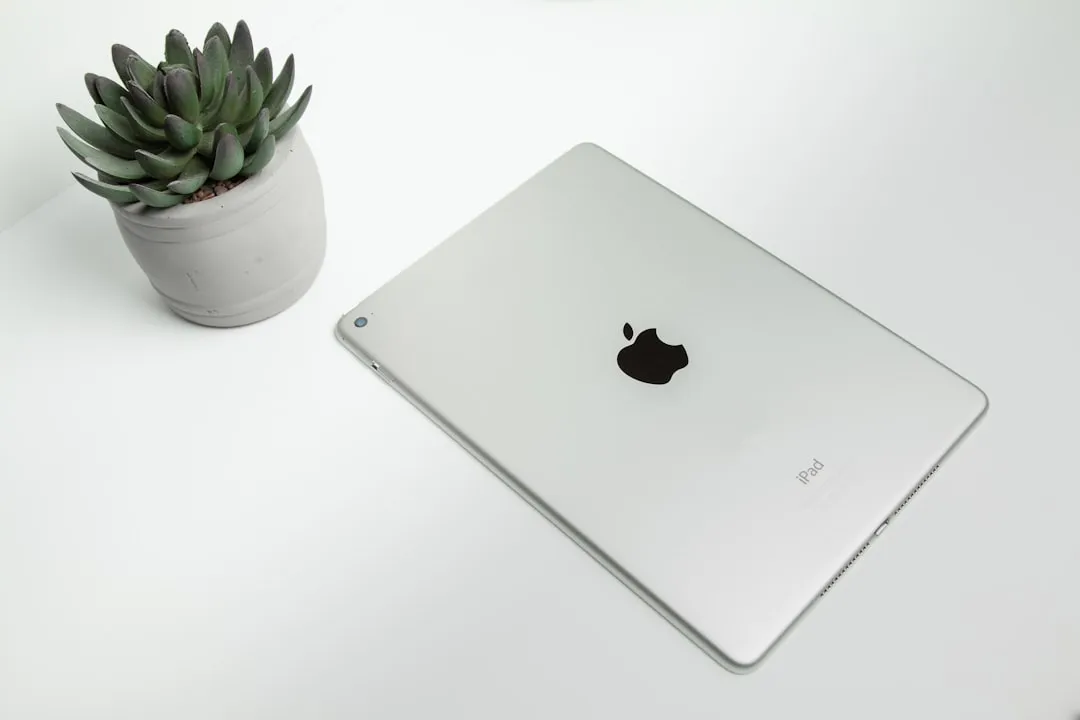
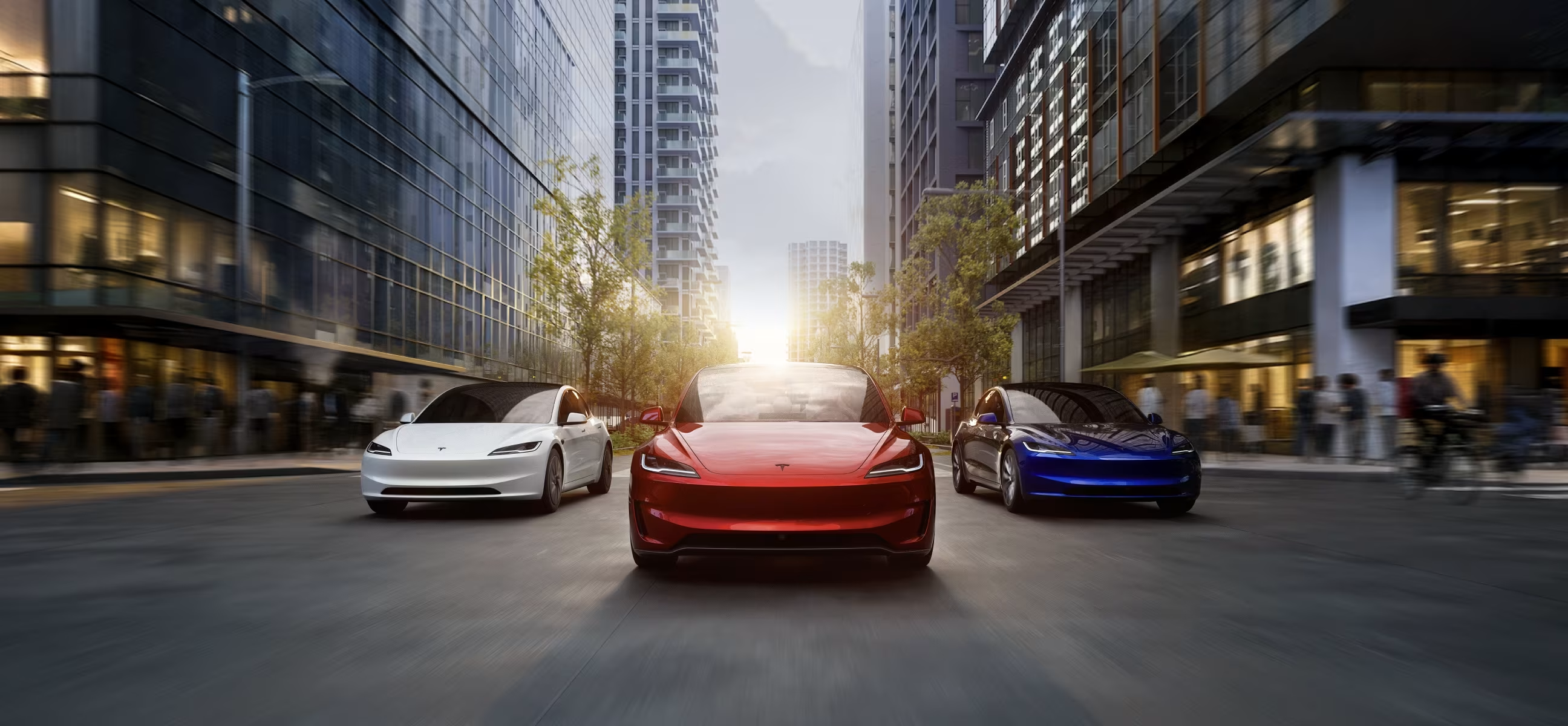
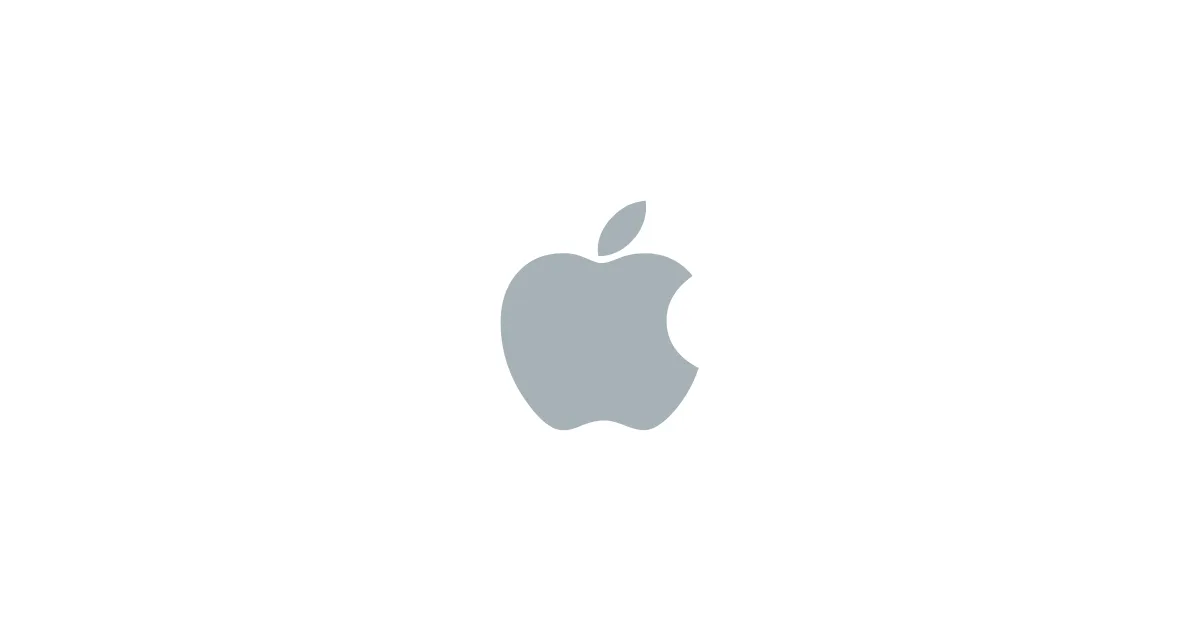
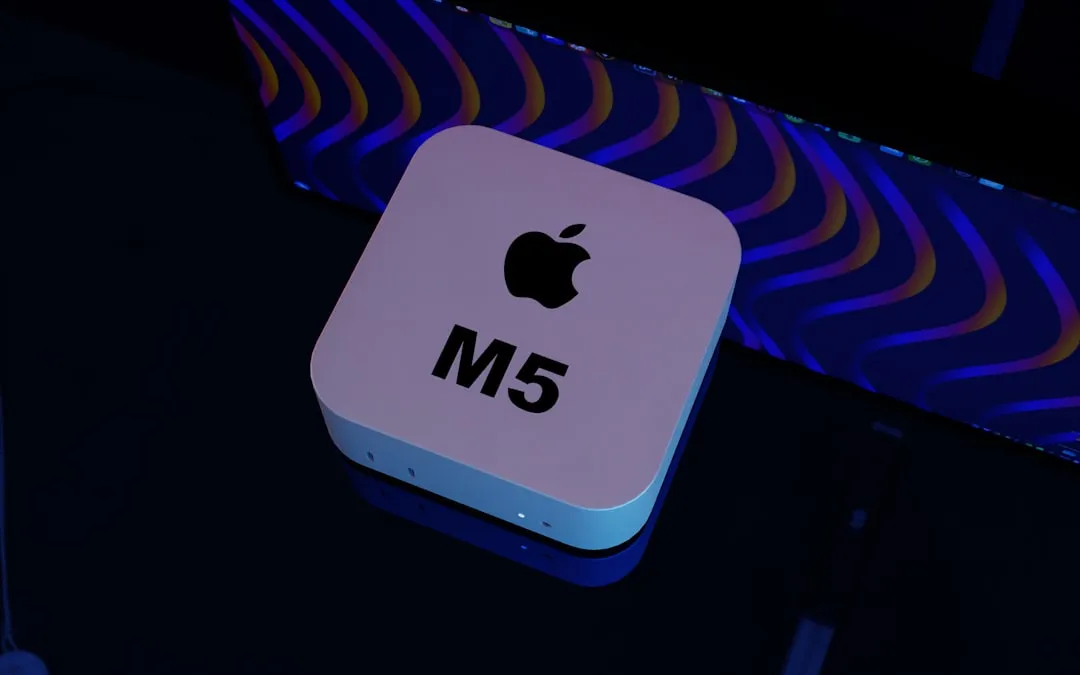
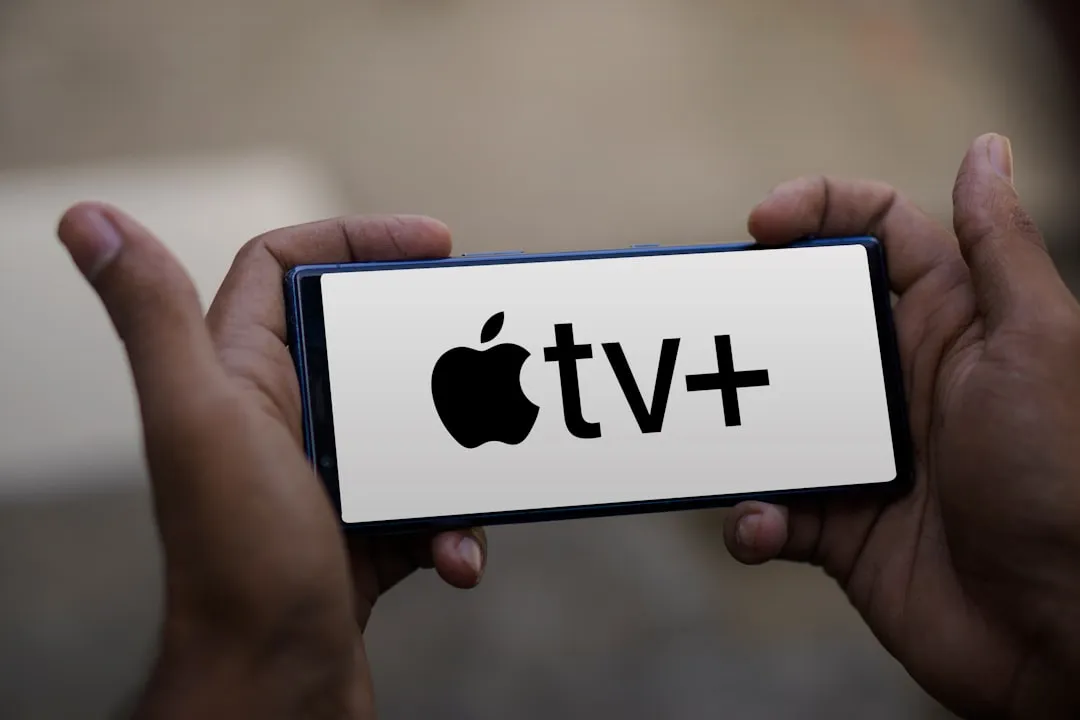
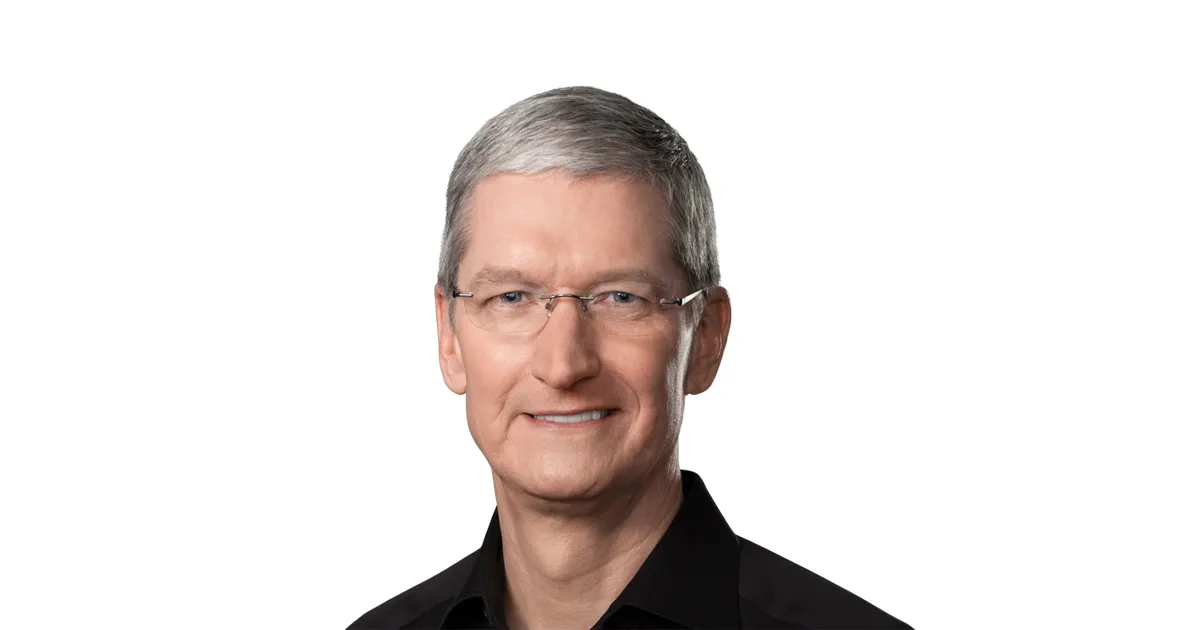
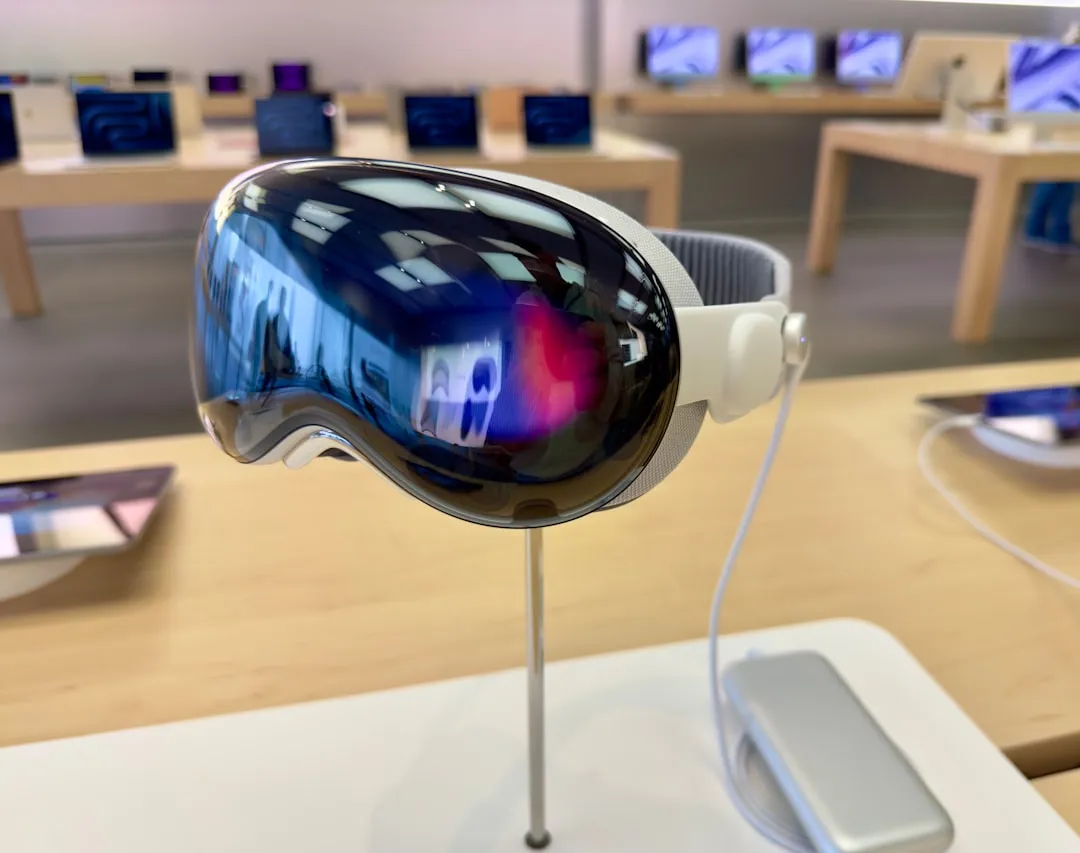
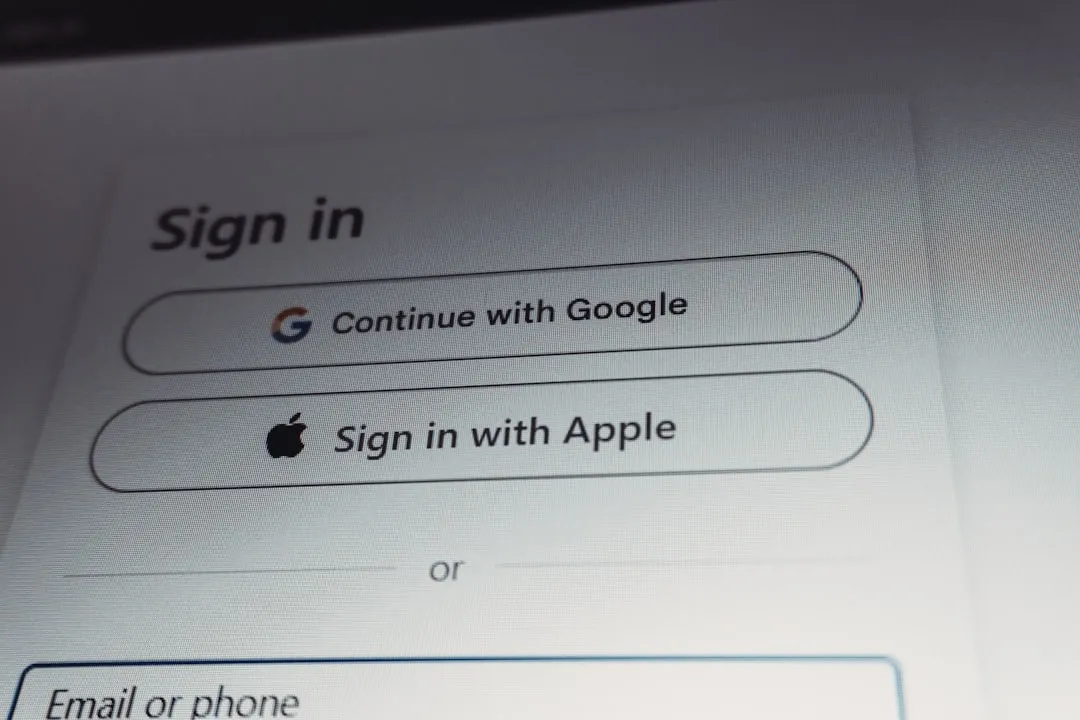
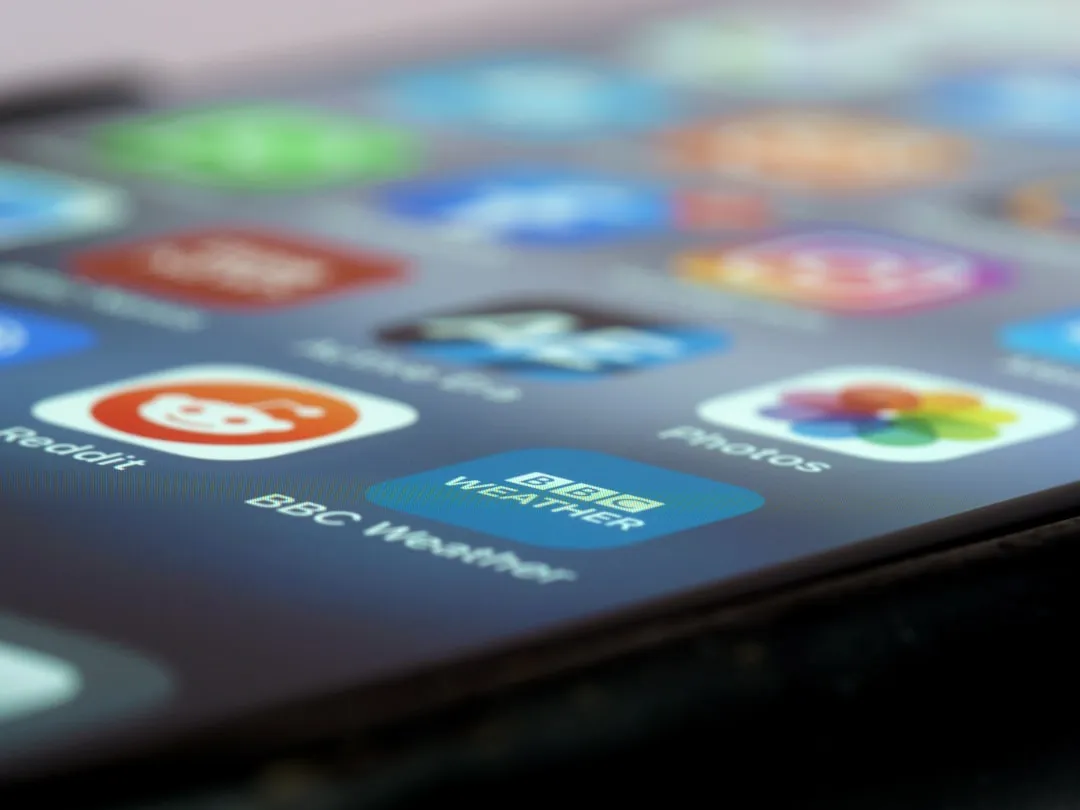
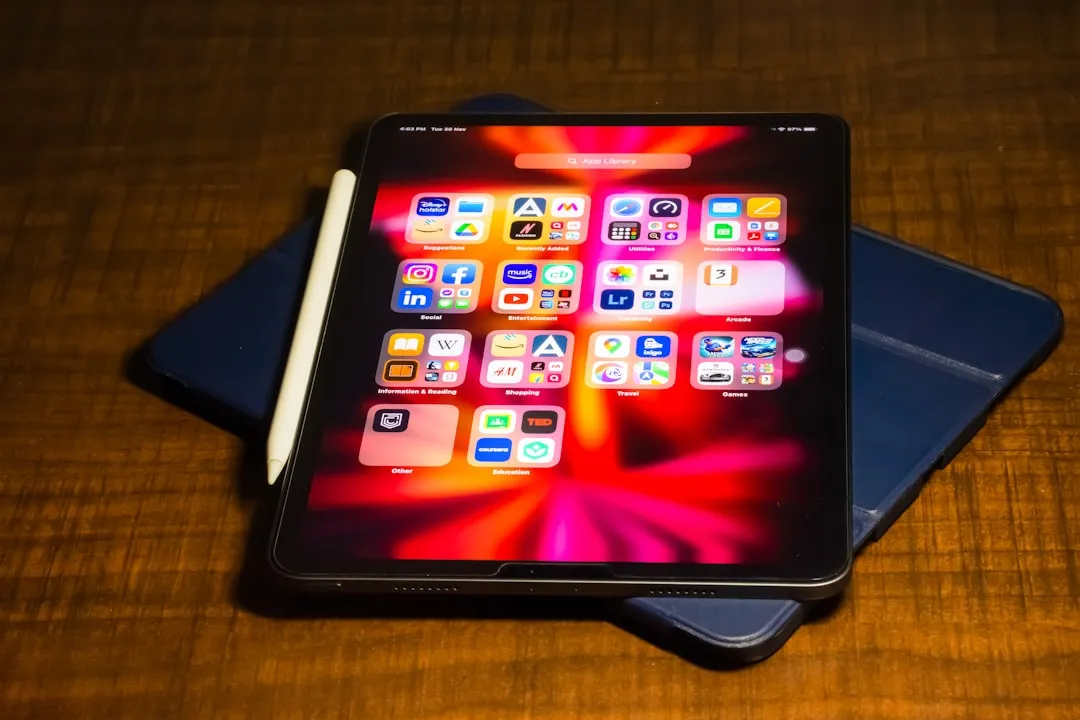
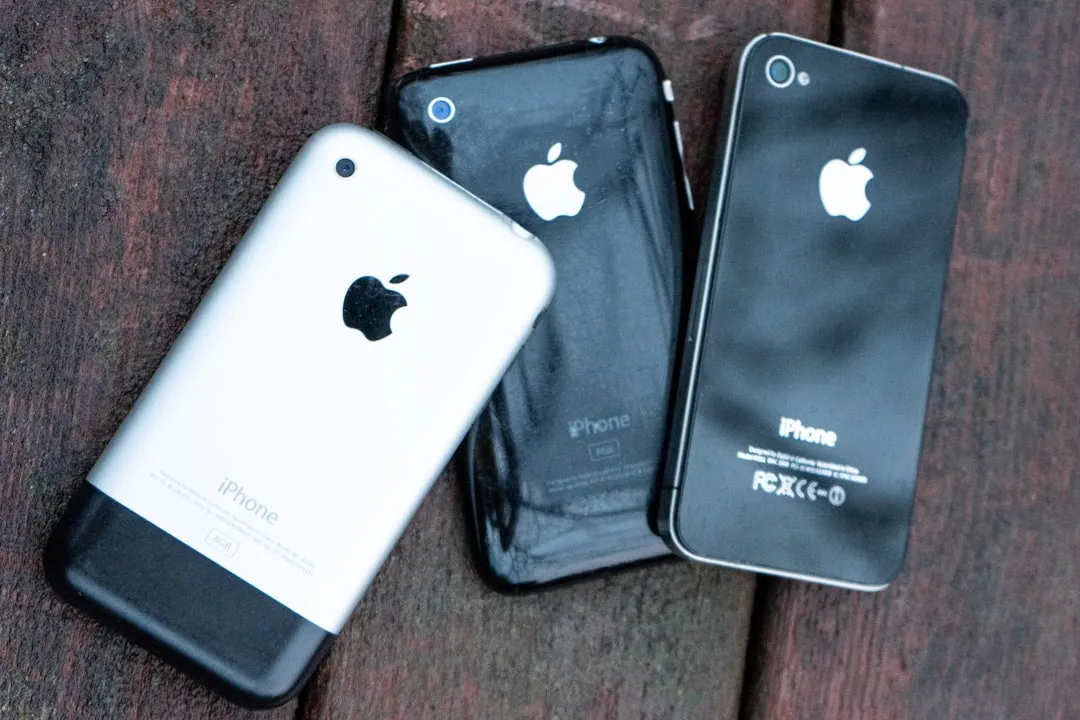
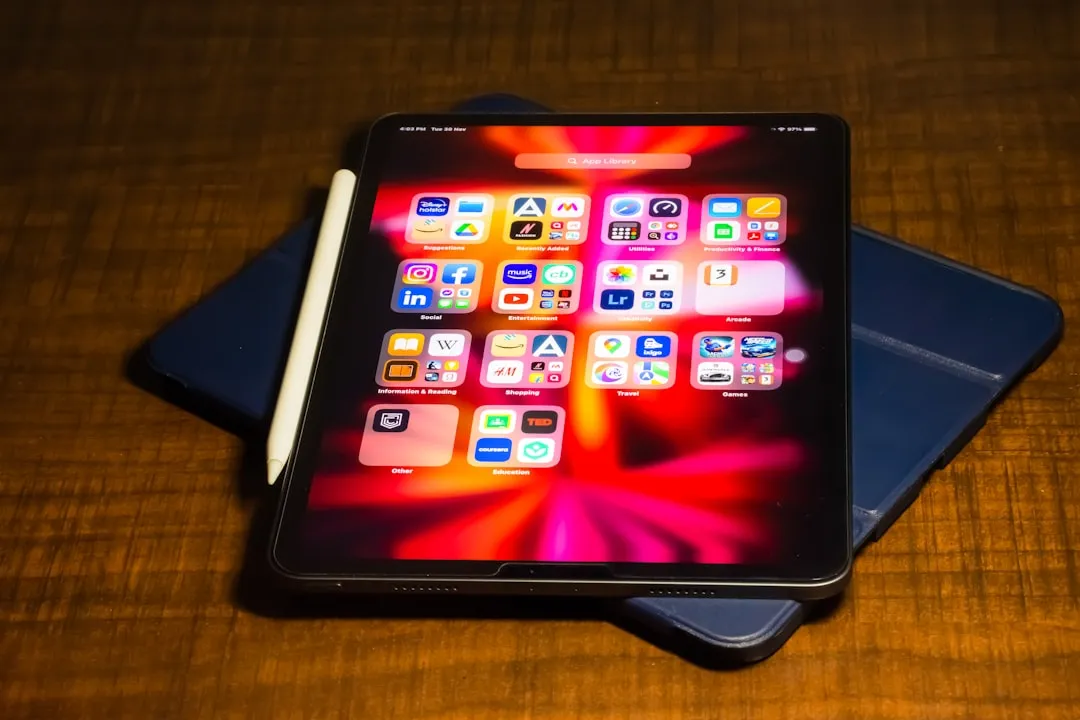

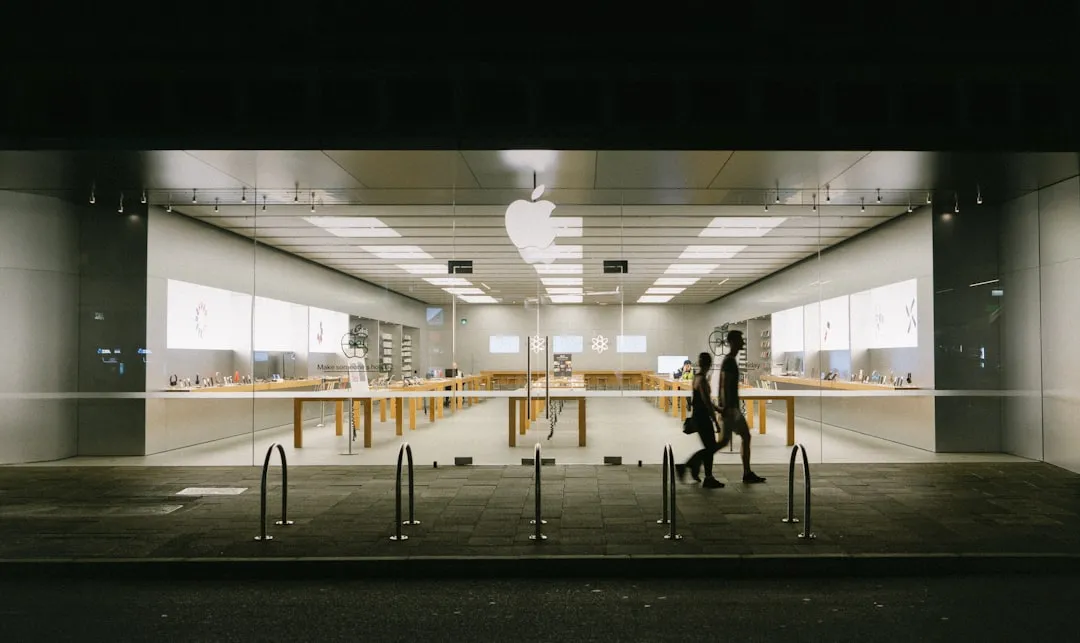
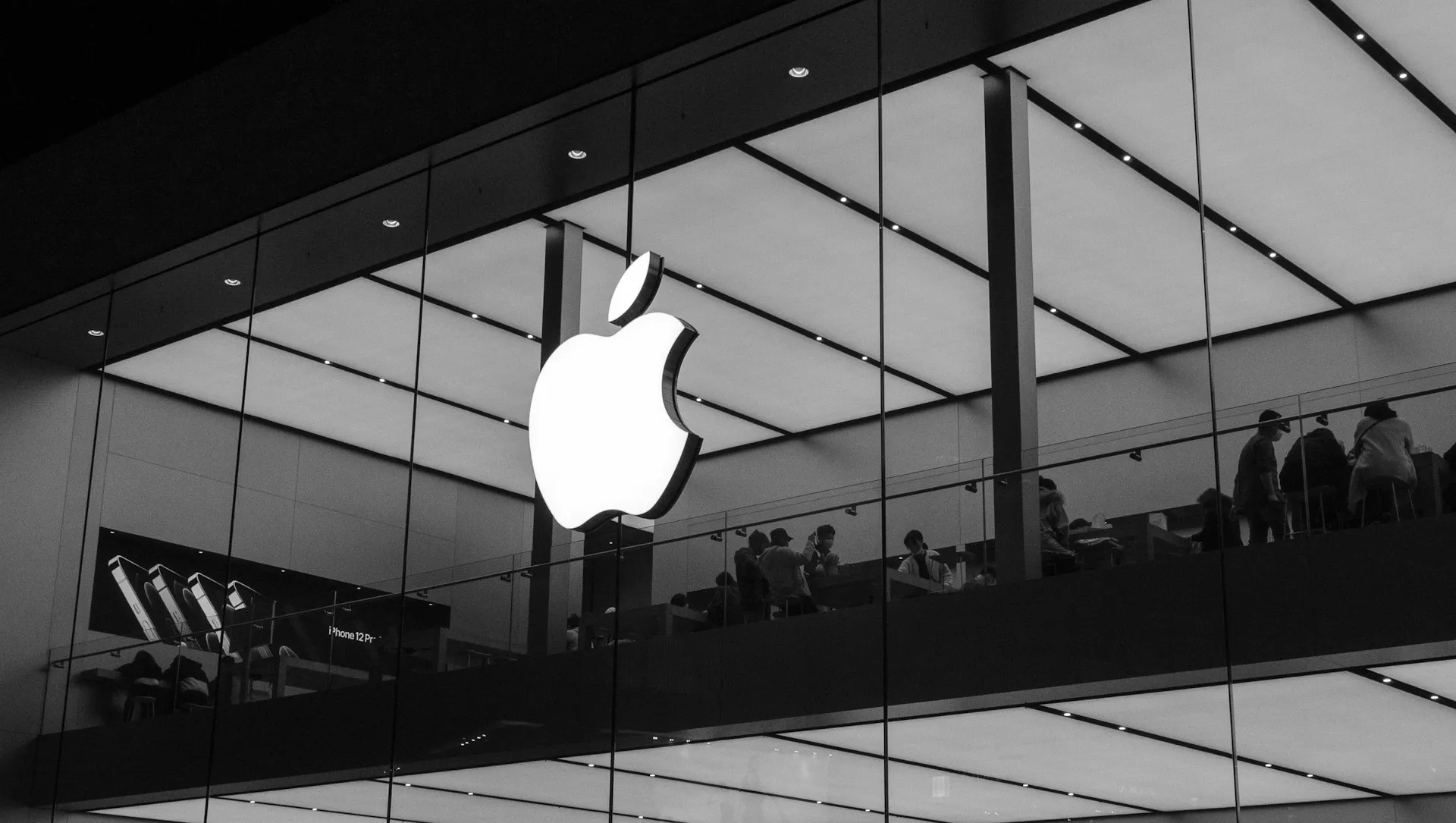
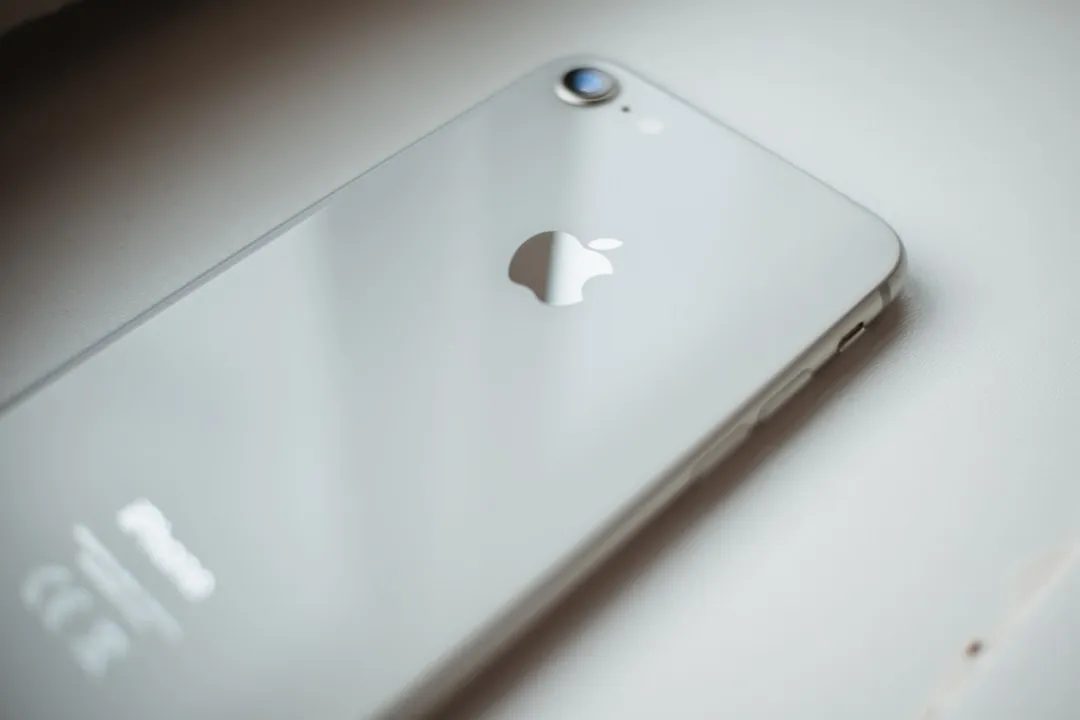
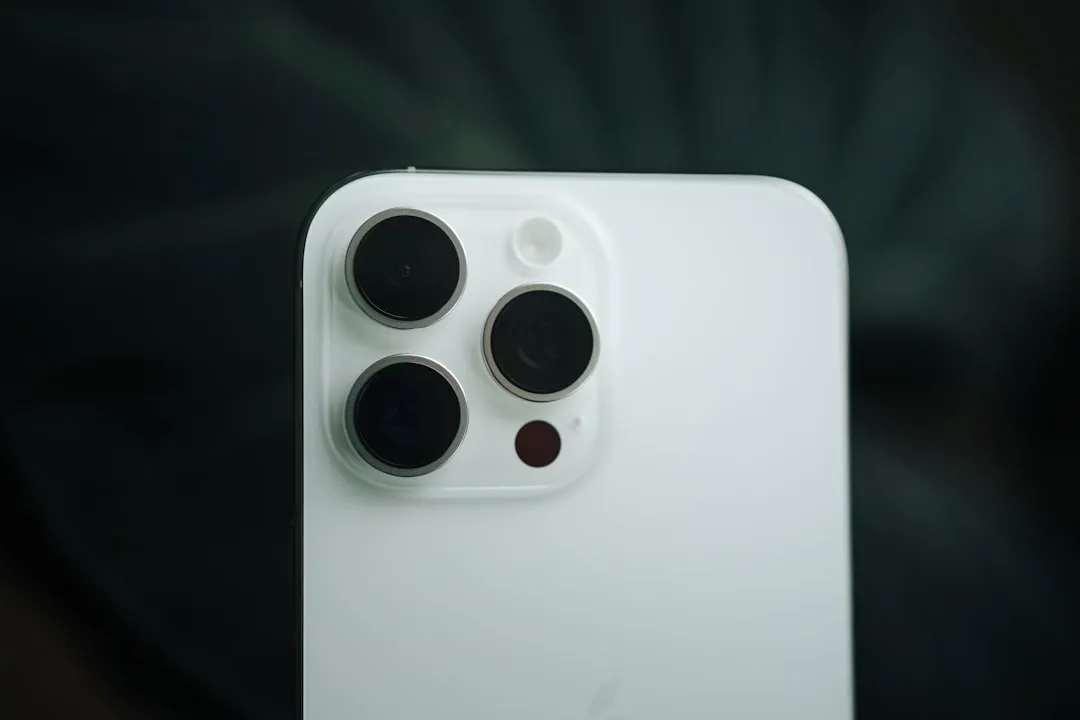
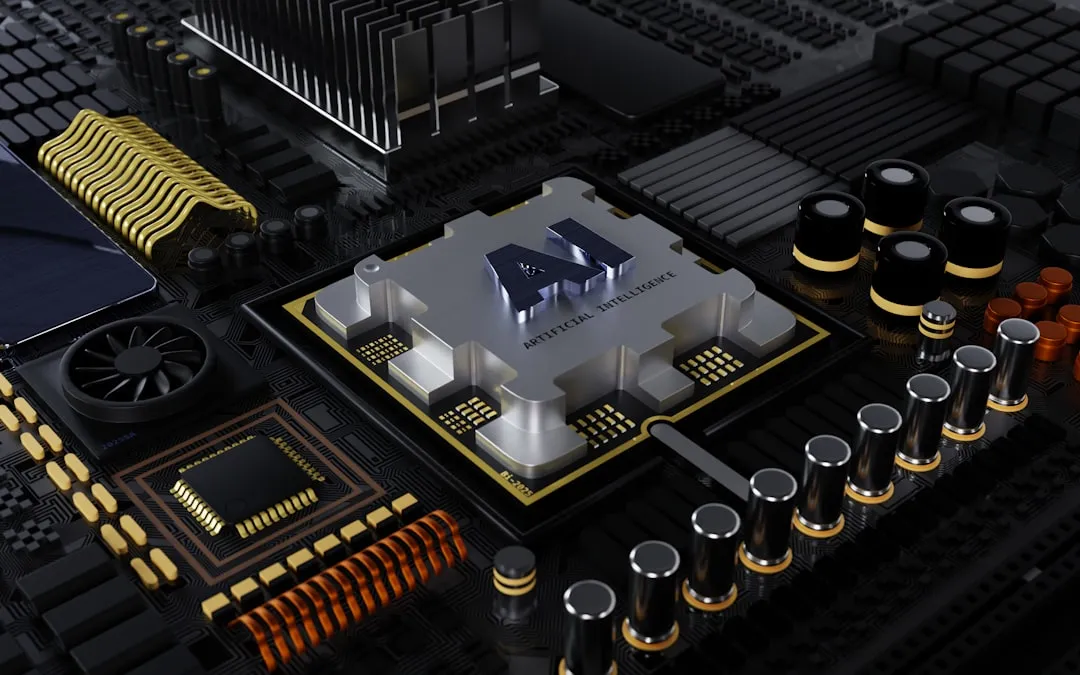
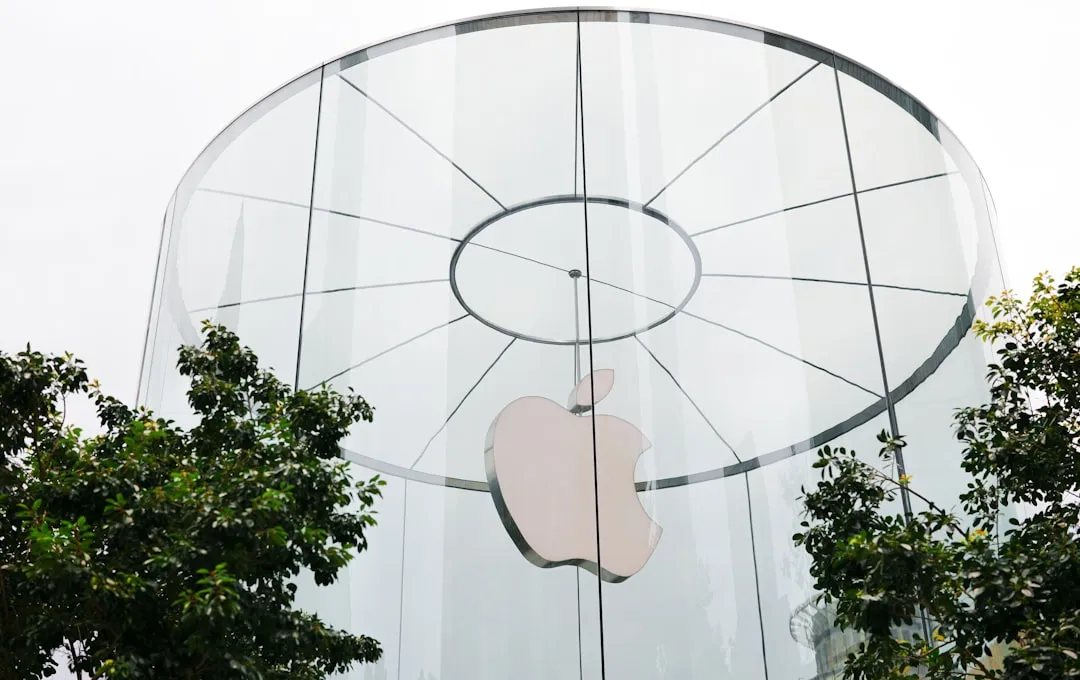

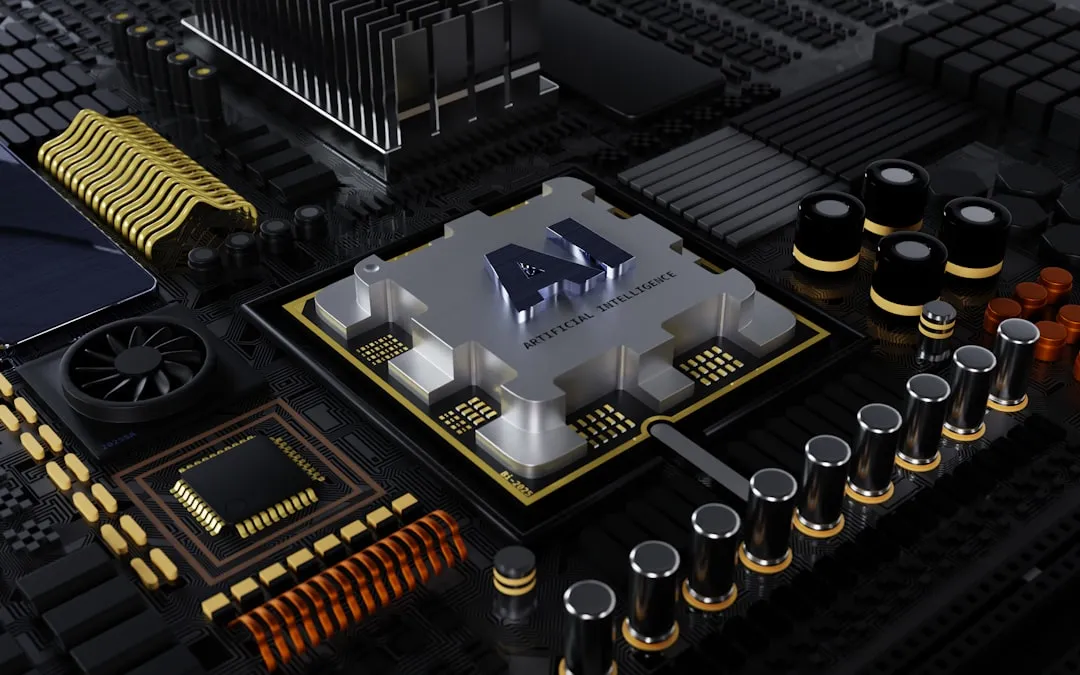
Comments
Be the first, drop a comment!